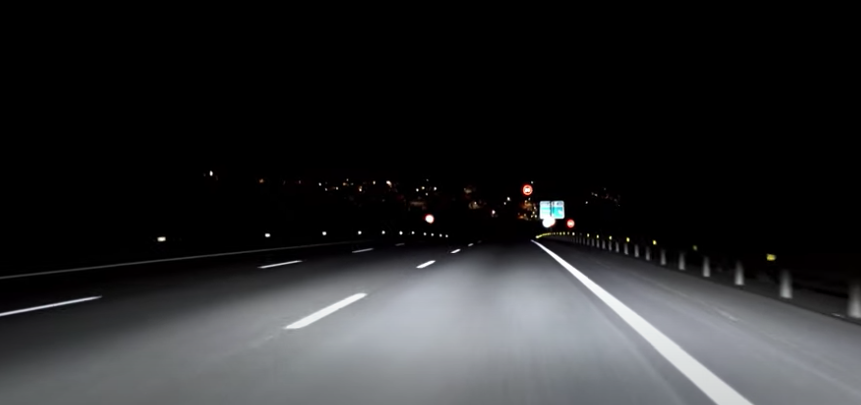We rely on our eyesight for everything in daily life, from checking our phones to reading and watching TV, but driving is the most crucial. Every time you decide to take a journey, you could be risking more than just your licence, but the safety of yourself, your passengers and other road users. The importance of a good ‘driving standard vision’ cannot be overstated enough. It is very important to ensure that your vision is good before you decide to drive.
Over an eight-year study, research has uncovered that people suffering from impaired vision showed a 31% higher mortality risk. Another study indicates that up to 60% of all road traffic accidents can also be linked to bad eyesight.
The Government rules on vision for driving:
If you have prescription glasses or contact lenses, they must be worn every time you drive, especially if you fail to meet the ‘Standards of vision for driving.
The DVLA must always be informed if you have any eyesight issues, a problem that affects both eyes, or if you only have one eye.
Some of the main eyesight conditions to tell DVLA about are:
• Blepharospasm
• Cataracts
• Glaucoma
• Retinopathy
• Macular Degeneration
• Night blindness
Being short-sighted, long-sighted or colour blind is not included. The same applies if you had surgery to correct short-sightedness and can meet the eyesight standards.
Vision in just one eye is called monocular vision and is perfectly legal for driving as long as there are no other vision issues.
The DVLA has an A to Z of medical conditions that could affect your driving. Check this and tell them of any condition that may affect you.

Remember, you will be prosecuted if you drive without meeting the ‘standards of vision‘ for driving.
How poor vision will affect your driving:
Near-sighted
Myopia: Known as near-sightedness, it can take the form of myopic creep, which means that age worsens the condition. Deteriorating vision is a normal part of ageing for all of us, and it is essential to have your eyes tested yearly. This condition can make it difficult to read road signs or see vehicles and hazards in the distance and can make driving at sunset and late evenings more difficult.
Long-sighted
Hyperopia: Known as long-sightedness, having this condition can make seeing your dials, Sat Nav or other close things, including engine management lights harder. Older eyes also tend to suffer from presbyopia – age-related long-sightedness – due to the eye’s lens hardening with age. This condition can make close things look very blurry. Yearly eye tests will ensure you have the right prescription for your glasses.
Night Blindness
This is not necessarily an optical condition, but if you are affected by glare when driving at night, you can find special glasses that may help you to see better while you’re driving, they often have an anti-reflective coating and are usually yellow-tinted. You can get these without a prescription.
How will I know if I need glasses for driving?
Sunshine causes glare and can also cause accidents by impairing the driver’s vision. If you have experienced glare from any type of lighting while driving, it is a good indication that you may need glasses. A simple eye test and prescription can quickly restore your driving sight.
Importance of roadside eye tests
There is a law called ‘Cassies Law’ which means that the police have the right to stop any motorist for a roadside eye test, and should the driver fail this test, the police can request for the DVLA to suspend the driving licence immediately. ‘Cassies Law’ is named after a girl killed by a driver who had previously failed a roadside eye test. At the time, the police were attempting to revoke his licence, but, due to the lengthy process involved, he was still legally allowed to drive at the time of the accident – despite having known sight issues.
For your own peace of mind and the safety of others, please have your eyesight tested regularly; it could save lives.

